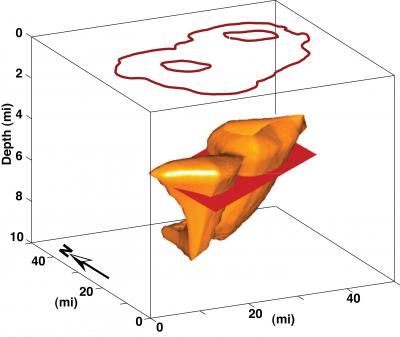Jan 25, 2008
On the brink of Synthetic Life: DNA synthesis has increased twenty times to full bacteria size
Posted by Brian Wang in categories: biological, biotech/medical, defense, existential risks, futurism, lifeboat, military, nanotechnology
Reposted from Next Big Future which was advancednano.
A 582,970 base pair sequence of DNA has been synthesized.
It’s the first time a genome the size of a bacterium has chemically been synthesized that’s about 20 times longer than [any DNA molecule] synthesized before.
This is a huge increase in capability. It has broad implications for DNA nanotechnology and synthetic biology.









